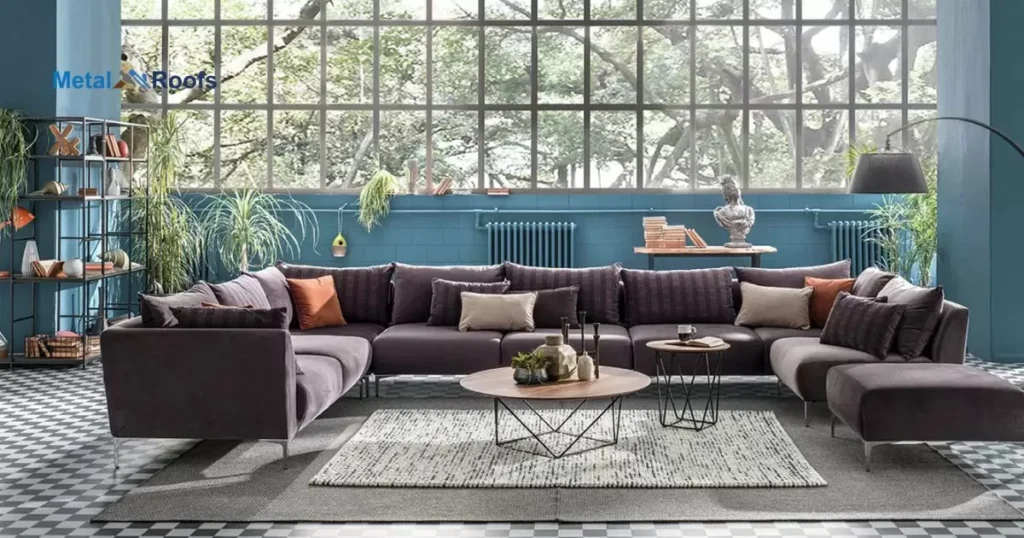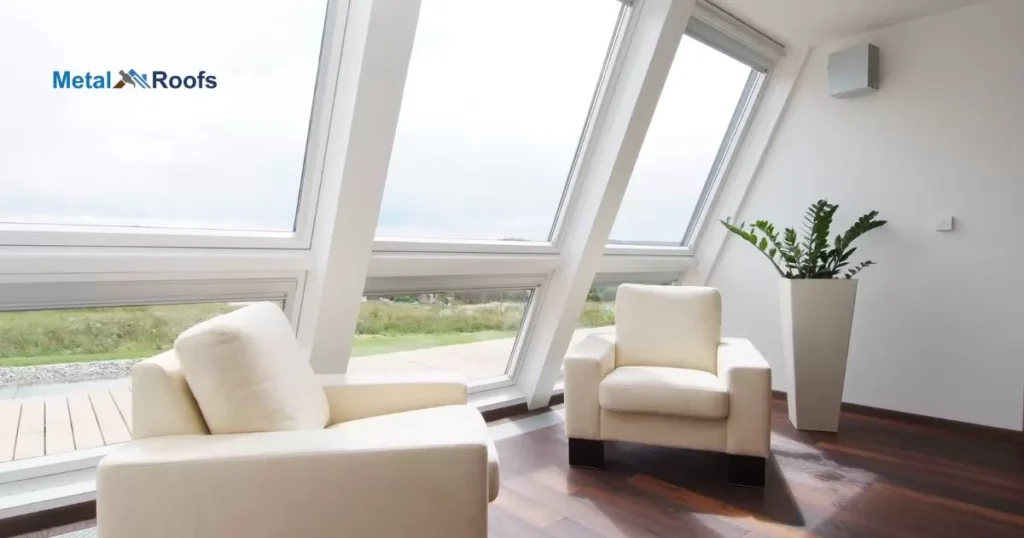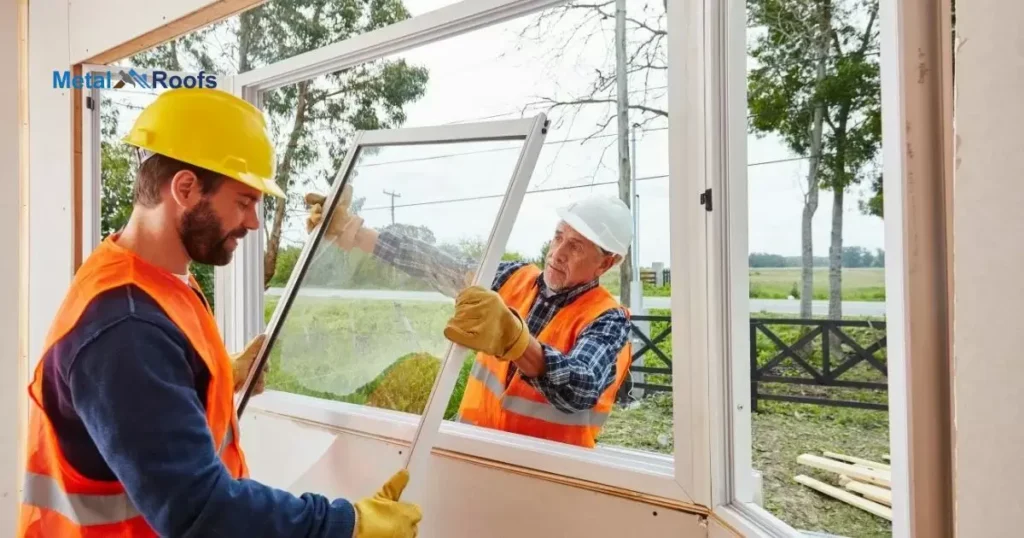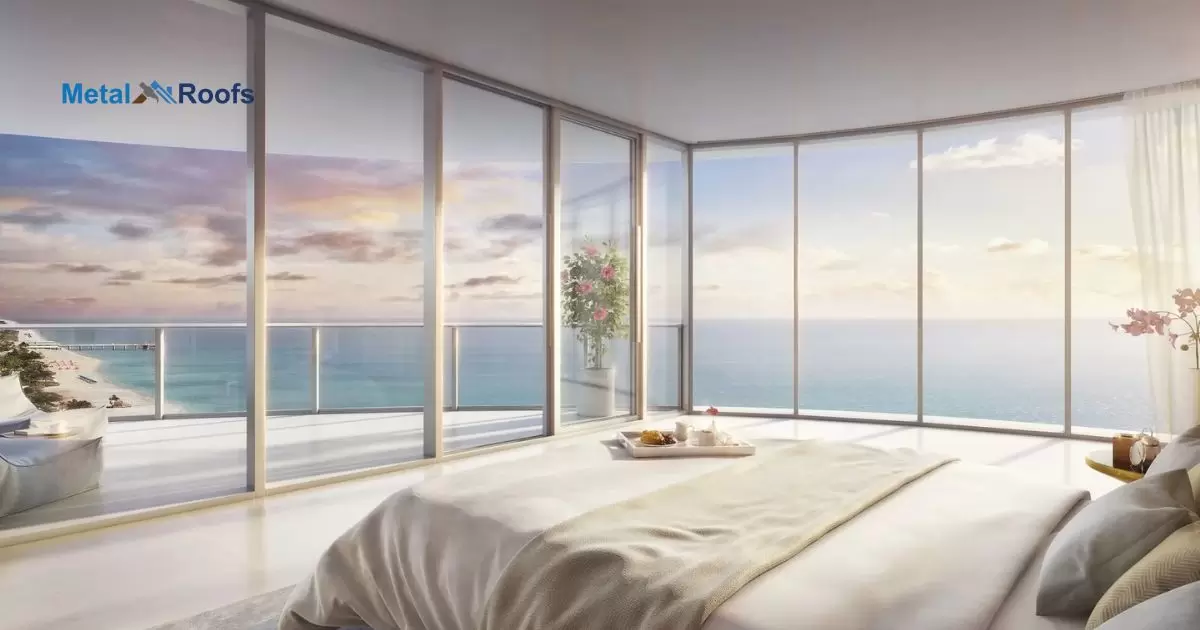Replacing a skylight involves removing the old one and installing a new window in its place. First, you’ll need to measure the size of the existing skylight to ensure the replacement fits properly. Then, carefully remove the old skylight and clean the surrounding area before installing the new one.
Cost Of Replacing A Skylight. Factors like size, material, and features influence expenses. Get clarity on your budget with multiple quotes. Quality matters to avoid future issues. Ensure proper maintenance for a longer lifespan. Make an informed decision for your home’s comfort and value.
Considering the lifespan of a skylight is crucial, especially when looking at options like Tubular Skylight All Sizes. With proper maintenance, it can last 10 to 20 years. Regular inspections and repairs can extend its longevity, making investing in a high-quality replacement skylight a wise choice.
Key Takeaways
- Skylight replacement costs vary widely based on size, material, and features.
- Prices range from a few hundred to several thousand dollars, including installation.
- Factors influencing cost include skylight size, material, upgrades, and installation complexity.
- Obtain multiple quotes from contractors for accurate estimates.
- Prioritize quality to avoid future issues like leaks.
Factors Affecting Skylight Replacement Cost
Skylight replacement costs can be influenced by various factors. The size of the skylight is crucial larger ones generally cost more to replace. The material of the skylight is a significant determinant of cost, with glass typically being more expensive than acrylic.
The inclusion of additional features or upgrades can increase the overall cost. For example, opting for skylights with built-in blinds or other enhancements adds to the expense. Lastly, the complexity of the installation process plays a role in determining the final bill.
How To Estimate Skylight Replacement Cost?
| Factors to Consider | Impact on Cost |
| Skylight Size | Larger skylights generally cost more to replace. |
| Material | Different materials (e.g., glass, acrylic) have varying costs. |
| Features | Features like motorized blinds or energy-efficient glazing can increase the cost. |
| Installation Complexity | Complex installations may require more labor and thus increase the overall cost. |
| Contractor Rates | Rates vary between contractors and can affect the total cost significantly. |
Estimating skylight replacement cost involves considering key factors. First, determine the size and type of skylight needed. Then, decide on materials like glass or acrylic. Next, think about any additional features desired, such as motorized blinds or energy-efficient glazing. Finally, assess the complexity of the installation process.
For an accurate estimate, consider installing skylights between trusses. Get quotes from multiple contractors, prioritize quality to avoid leaks, and invest in high-quality skylights for energy savings and comfort.
Diy Professional Skylight Replacement

Replacing a skylight yourself can save money, but it’s a complex task. Begin by measuring the old skylight and selecting a replacement of the same size. Ensure you have all necessary tools and materials before starting.
Follow manufacturer instructions carefully to remove the old skylight and install the new one securely. Proper sealing and insulation are crucial to prevent leaks and maintain energy efficiency. If uncertain, consider hiring a professional to ensure the job is done correctly.
Estimating Skylight Replacement Costs
When estimating skylight replacement costs, consider factors like size, material, and installation complexity. Prices vary widely, ranging from a few hundred to several thousand dollars, including labor. Get quotes from multiple contractors to ensure accuracy and prioritize quality to avoid future issues.
Gathering Quotes And Estimates
When estimating skylight replacement costs, gathering quotes and estimates from multiple contractors is essential. This helps ensure accuracy and allows you to compare prices and services. Reach out to different professionals in your area to get a comprehensive understanding of the potential costs involved.
Comparing Different Options
When comparing different options for skylight replacement, consider factors such as material, features, and energy efficiency. Evaluate quotes from multiple contractors to find the best balance of quality and cost.
Budgeting For Unexpected Expenses
When estimating skylight replacement costs, it’s wise to budget for unexpected expenses. Set aside extra funds for any unforeseen issues that may arise during the replacement process. This precaution ensures you’re prepared for potential surprises and helps maintain financial stability throughout the project.
Skylight Size And Type
Choosing the right size and type of skylight depends on several factors such as the room’s dimensions, the amount of natural light desired, energy efficiency considerations, and your aesthetic preferences. Here are some key considerations:
Size:
- The size of the skylight should be proportionate to the size of the room. Larger rooms may benefit from multiple skylights or a larger single skylight.
- As a general guideline, the skylight size should be about 1% to 2% of the floor area in the room. This can vary based on factors like the room’s orientation, ceiling height, and desired lighting effect.
- Consider the roof’s structural integrity when determining the size of the skylight. Cutting too large an opening in the roof without proper reinforcement can compromise its stability.
Type:
Fixed Skylights: These are stationary and cannot be opened. They are simpler in design and typically more affordable. They’re ideal for areas where ventilation is not a priority.
Ventilated Skylights: Also known as operable skylights, these can be opened to allow for ventilation and airflow. They are great for rooms like kitchens and bathrooms where moisture control is important.
Tubular Skylights: These are smaller in diameter compared to traditional skylights and are designed to channel natural light into smaller spaces like hallways, closets, or bathrooms.
Pyramidal Skylights: These skylights have a pyramid-shaped design and can be a striking architectural feature. They often allow more light into the room compared to flat skylights.
Domed Skylights: Domed skylights have a curved shape and are more resistant to impact and inclement weather. They are commonly used in commercial buildings or areas with harsh weather conditions.
Glazing:
Single-pane: Simple and cost-effective but offer minimal insulation and can be prone to condensation.
Double-pane: Provide better insulation and energy efficiency compared to single-pane skylights. They can also reduce noise transmission.
Low-E Coating: Low-emissivity coatings can be applied to skylight glazing to improve energy efficiency by reducing heat transfer.
Laminated or Tempered Glass: These options offer increased safety and durability, as they are less likely to shatter upon impact.
Orientation and Location:
- Consider the orientation of your roof and the path of the sun throughout the day to determine the best location for the skylight. North-facing skylights generally provide more consistent light without excessive heat gain.
- Avoid installing skylights directly above electronic devices or artwork that could be damaged by sunlight exposure.
Before making a final decision, it’s recommended to consult with a professional contractor or architect who can assess your specific needs and provide personalized recommendations based on your home’s design and structure.
Skylight Replacement Permits And Regulations

Before diving into skylight replacement, check local regulations. Permits might be needed depending on where you live. These regulations ensure safety and compliance with building codes. Always verify requirements before starting work.
Permit costs vary, often ranging from $100 to $500. Factors include location and type of skylight. Regulations may also dictate skylight size and placement. Adhering to these guidelines avoids potential fines and ensures a smooth replacement process.
Skylight Replacement Maintenance And Upkeep
Maintaining your skylight is crucial for its longevity. Regular cleaning helps prevent dirt and debris buildup, ensuring optimal light transmission. Inspect the seals and flashing annually to catch any leaks early. Addressing small issues promptly can prevent more significant problems later.
Upkeep also involves checking for signs of damage or wear. Replace cracked or foggy glass promptly to maintain insulation and prevent leaks. Consider upgrading to energy-efficient glazing for better insulation and reduced energy costs. By staying proactive with maintenance, you can enjoy a well-functioning skylight for years to come.
Skylight Replacement Energy Efficiency Benefits
Replacing skylights with more energy-efficient options can offer several benefits:
Improved Insulation: Newer skylights often come with better insulation properties, preventing heat loss in winter and heat gain in summer.
Reduced Energy Bills: By minimizing heat transfer through the skylight, you can decrease your reliance on heating and cooling systems, ultimately lowering your energy bills.
Better Lighting Control: Energy-efficient skylights often feature advanced glazing technologies that allow for better control over the amount of sunlight entering your home.
Enhanced Comfort: With improved insulation and lighting control, you can enjoy a more comfortable indoor environment year-round, with fewer temperature fluctuations and glare issues.
Environmental Impact: Decreasing your home’s energy consumption not only saves you money but also reduces your carbon footprint.
Long-Term Savings: While the initial cost of upgrading to energy-efficient skylights may be higher, the potential savings on energy bills over time can offset this initial investment.
Potential Tax Credits or Rebates: In some areas, homeowners may be eligible for tax credits or rebates for installing energy-efficient upgrades, including skylights.
Overall, replacing old skylights with energy-efficient options can lead to significant energy savings, increased comfort, and a positive environmental impact.
Hiring Professionals For Skylight Replacement

When it’s time for skylight replacement, hiring professionals is crucial. Professionals ensure proper installation, avoiding future leaks or issues. Get multiple quotes to compare costs and choose quality over cheap options. Consider long-term benefits like energy savings for your home’s comfort.
Researching Reputable Contractors
When hiring professionals for skylight replacement, researching reputable contractors is essential. Look for contractors with positive reviews and experience in skylight installation. Ask for recommendations from friends or family. Get quotes from multiple contractors to compare prices and services.
Checking Licenses And Insurance
When hiring professionals for skylight replacement, checking licenses and insurance is essential. Licensed contractors ensure expertise and adherence to regulations. Insurance coverage protects you and your property in case of accidents.
Seeking References And Reviews
Before hiring professionals for skylight replacement, seek references and reviews. Ask friends, family, or neighbors for recommendations. Check online reviews on platforms like Google or Yelp. Positive feedback indicates reliability and quality workmanship.
Frequently Asked Questions
How much should a new skylight cost?
Skylight costs vary based on size, material, and features. Prices range from hundreds to thousands, including installation.
How often do skylights need to be replaced?
Skylights generally last for decades with proper maintenance. Factors like weather and material quality influence replacement needs.
What is the life expectancy of a skylight?
Skylight life expectancy varies from 10 to 20 years, depending on factors like material quality and maintenance. Regular inspections can extend its lifespan.
Conclusion
The cost of replacing a skylight varies widely. Factors such as size, material, and features significantly impact the final price. Seeking multiple quotes ensures an accurate estimate for your budget. Quality installation and materials are crucial for long-term satisfaction.
Considering the skylight’s lifespan is vital. With proper maintenance, it can last between 10 to 20 years. Regular inspections and timely repairs can extend its longevity. Ultimately, investing in a high-quality replacement skylight is a worthwhile long-term decision.











